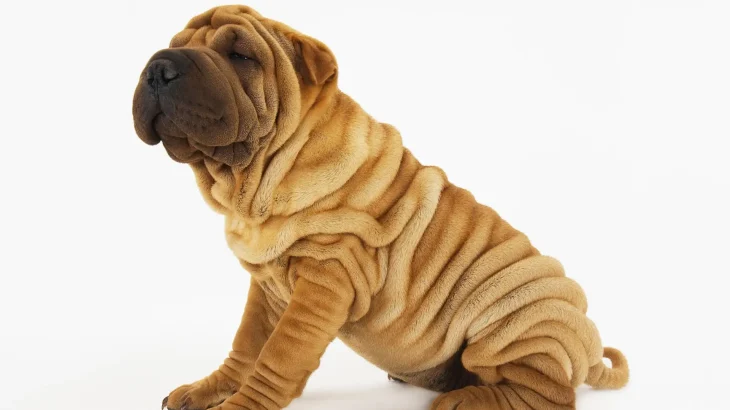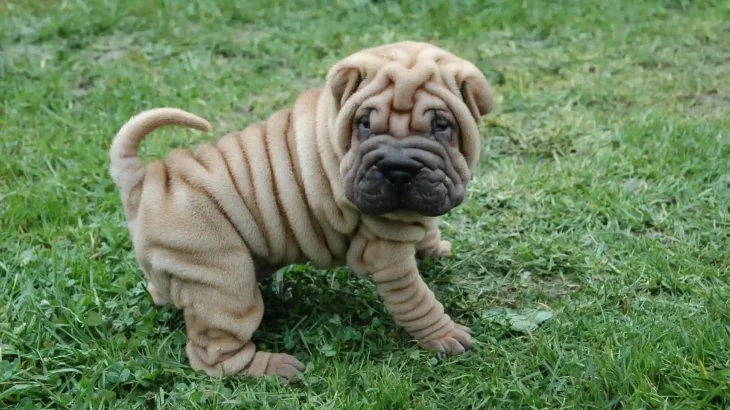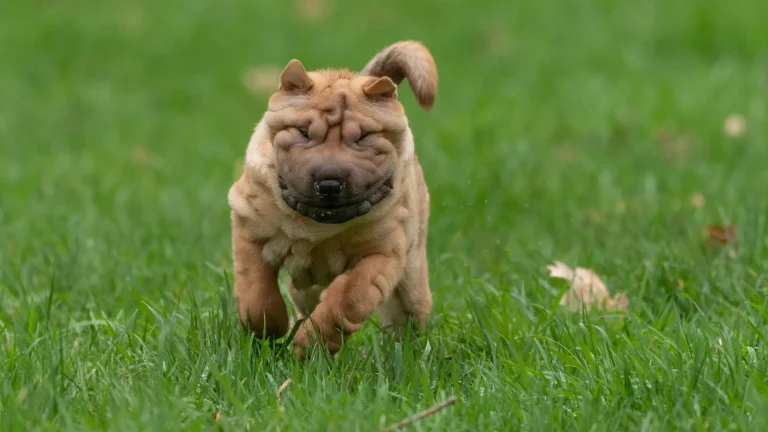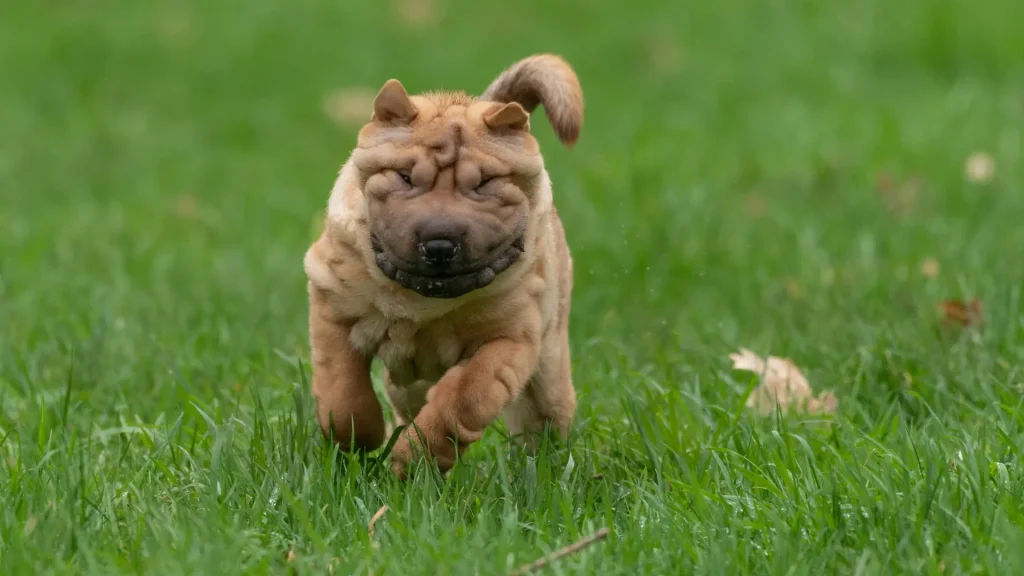Choosing whether to adopt or purchase a Miniature Shar-Pei puppy involves weighing the benefits of acquiring a dog with known lineage versus providing a home to a dog in need. Buying from a breeder often offers insights into health and pedigree but usually costs more. Adopting can be more affordable and ethical, though background details may be limited.
Adoption vs. Breeder: Pros & Cons
| Criteria | Buying from Breeder | Adopting from Shelter/Rescue |
|---|---|---|
| Cost | Usually higher, ranging from $1,000 to $3,000 due to breed and lineage specifics. | Lower fees, often $100 to $300, sometimes including vaccines and spay/neuter. |
| Health History | Health and genetic histories are typically provided. | Health history might be limited; shelters do health assessments. |
| Age Availability | Mostly puppies, allowing early ownership. | Various ages, including adults who may be house-trained. |
| Temperament Insight | Breeders can provide temperament predictions based on lineage. | Shelter staff share behavioral observations; full history may be unknown. |
| Ethical Considerations | Supports breeders; important to choose ethical ones to avoid puppy mills. | Helps reduce overpopulation and rescues dogs needing homes. |
| Breed Purity & Pedigree | Breed purity and pedigree documentation guaranteed. | Breed purity uncertain; usually no pedigree paperwork. |




















































